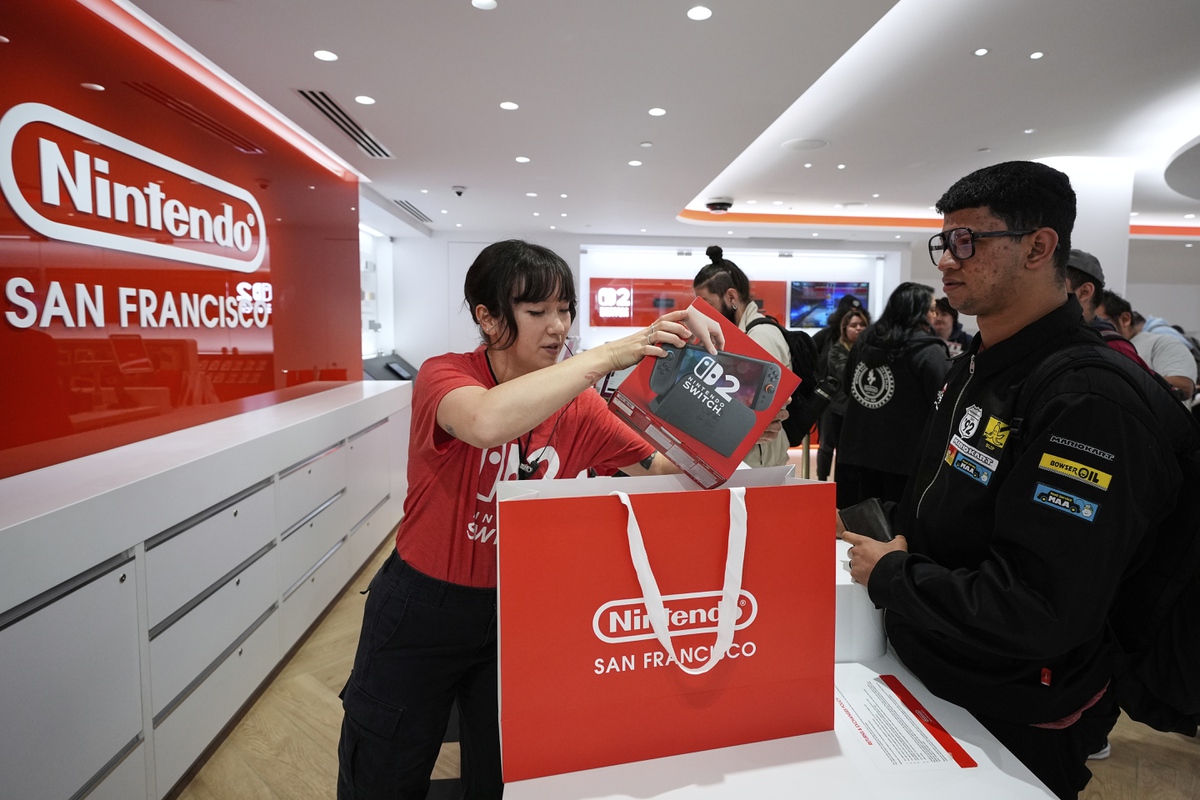Maaden, formerly known as the Saudi Arabian Mining Company, which is one of the largest multi-commodity mining and metals company in the Middle East and one of the fastest-growing mining companies in the world, has marked the start of a new chapter by unveiling its new brand and visual identity.
The new brand aims to be an impactful expression of the company’s ambitious vision: to drive innovation, lead with purpose and to inspire and invest in the next generation.
For the rebrand, Maaden worked with Creative Artists Agency (CAA) to develop the complete brand identity, and partnered with creative and marketing agency Ducklife to bring the brand campaign to life across digital platforms and out-of-home advertising.
“We worked with CAA for a year to really bring this to life and create the full visual identity suite,” said Susan Parker, Vice President – Communications, Maaden, in an exclusive conversation with Campaign Middle East. “Ducklife is an incredibly impressive agency. They were specifically chosen because of their experience in sports and consumer marketing. This was important because our rebrand was centred on moving away from a corporate space into a much more business-to-consumer (B2C) space.”

Maaden rebrand: ‘Much more than a logo or a visual identity’
As Maaden establishes itself as a globally significant Saudi mining champion, with an ambitious plan to grow 10 times by 2040, it’s goal is to become the employer of choice for the next generation of Saudi professionals.
To achieve this, Maaden has realigned its visual identity and brand strategy to reflect the company’s dynamism, technology focus and ambitious growth.
In conversation with Campaign Middle East, Parker said, “Within this industry, recruitment has been a key concern. One of the objectives of the new brand and visual identity was to get youth and younger generations to look at a corporate, old-school industry like mining differently. So, we took a step back and thought about how we could better connect with youth who are wondering, ‘what’s next?’ in their life, and how do we get them excited about mining.”
Joking that her job is to try and make ‘mining cool again’, Parker added, “The rebrand was about appealing to younger audiences, which means moving away from a traditional, corporate entity and more towards the ambitions we have in terms of technology, which changes the perceptions around the company, the industry and Saudi Arabia. That’s why this is so much more than a logo or a visual identity.”
The company has ambitious growth plans that are already being realised, and to fuel these it is looking to continue inspiring the current and future workforce in Saudi Arabia to transform the mining sector and realise Saudi Arabia’s significant mineral potential.
During the official unveiling of the rebrand, Bob Wilt, CEO, Maaden, said, “We are unveiling more than a visual identity today, this is an important milestone in our journey as a KSA-based, globally significant organisation that drives progress through technology, innovation and talent.”

Humanising the brand: Maaden’s ‘presence in every day life’
The visual identity captures Maaden’s proud Saudi heritage and its global ambition with the fusion of infinity, the Arabic م and English M — representing legacy, vision and connectivity.
The tagline, Unearth Tomorrow, recognises the company’s overarching purpose of developing the Kingdom’s mineral resources to fuel economic, societal and industrial growth.
Parker added, “It was important for us to look at encapsulating our Saudi heritage and pride with our global ambitions and growth strategies. The logo, featuring the Arabic م and English M is also a symbol of connectivity. We are humanising the fact that Maaden minerals is in everything, from your phone to your food to your car, making Maaden a part of the essence of everyday life.”
The wordmark of Maaden’s new brand identity made its debut earlier this year on Aston Martin Aramco’s AMR25 Formula One car. As the team’s first-ever Principal Partner, Maaden’s branding features prominently on the car’s livery.

Parker explained, “As part of our plan to appeal to new audiences, Maaden has been looking at different channels. We started looking at sports, which then narrowed down to avenues such as Formula One and golf, but from a broader viewpoint – sports marketing was really a no-brainer. It’s such a wonderful leveller; it cuts across all demographics and reaches a huge audience. It opens opportunities for people to not only ask, ‘What’s Maaden?’ but also to position mining in a completely different way.”
She added, “The Formula One circuit hits between many of our international territories, including Singapore, Brazil, the UK and the US, which brings us global reach. But also, Formula One connects with the youth demographic, given that ‘Drive to Survive’ has done a lot for this sport. This really connects the brand to the cool, fast-paced, technology-driven sport.”
Both this partnership and Maaden’s recent Pillar Partnership with LIV Golf are key markers of the company’s ongoing transformation to connect with a broader audience to attract top talent and strengthen its profile on the global stage.
Maaden CEO Wilt added, “As one of the fastest growing mining companies in the world, Maaden takes its role as a sector champion seriously. It was important that we created an image that encompasses those ambitions and positions us differently, visually and strategically, and captures the spirt of excitement and motivation that must define everything we do.”
Prioritising domestic development and local talent, Maaden aims to drive economic diversification and fuel the Kingdom’s transformation. Inspired by the ambition of Vision 2030, the industry is accelerating growth and promoting innovation. Maaden is also attracting world leading partners, investing in new technologies and ramping up capabilities – building the third pillar of Saudi Arabia’s economy.
















































 Stephen A. responds to LeBron’s NBA coverage criticism | First Take
Stephen A. responds to LeBron’s NBA coverage criticism | First Take
























